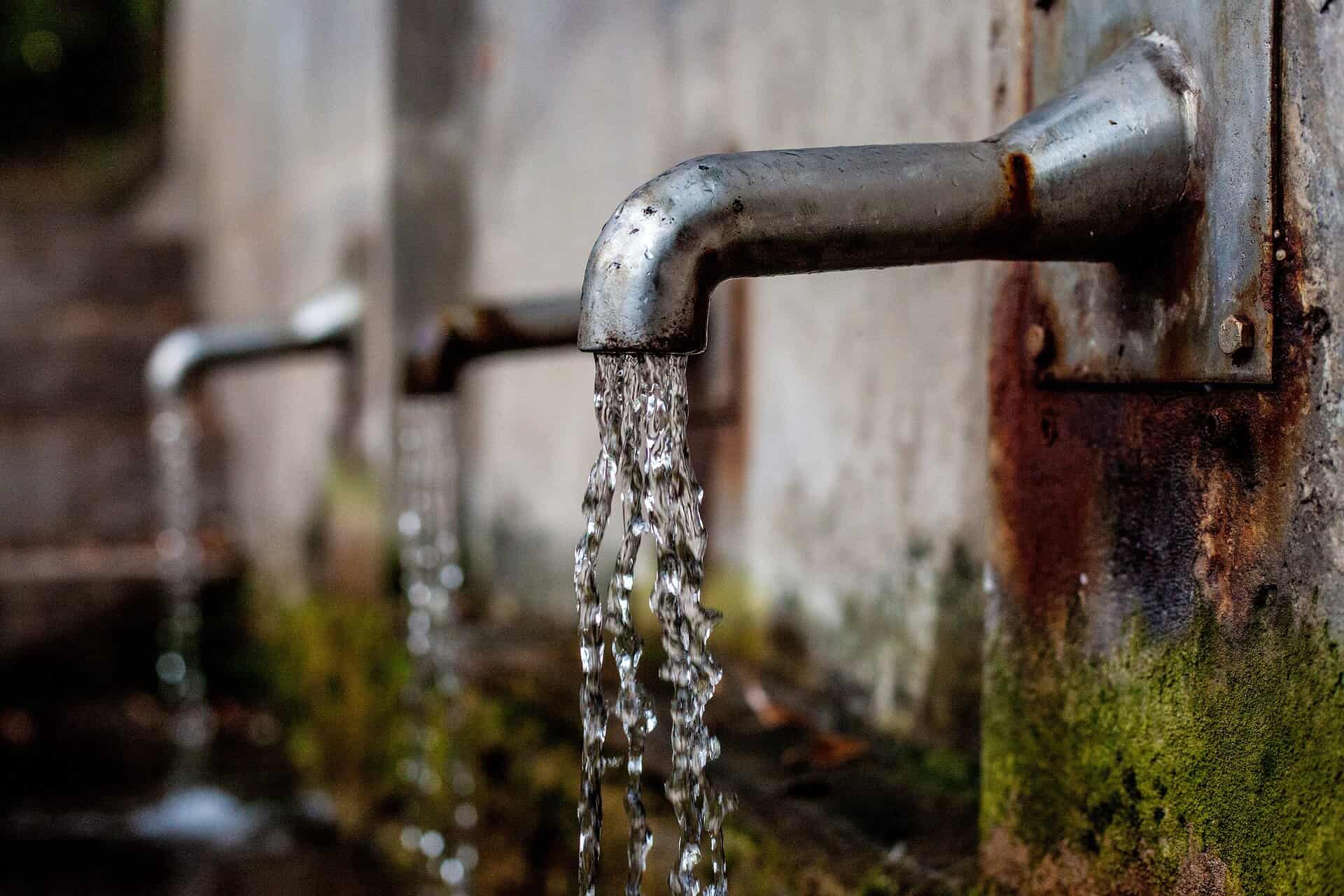Your drinking water might not be as clean as you think. A study by the US government estimated that toxic forever chemicals can be found in 45% of tap water. The number of people drinking polluted water could be even higher, the researchers said, as they weren’t able to test for all these substances considered dangerous to human health.

Perfluoroalkyl and polyfluoroalkyl substances (PFAS), a group of synthetic chemicals, are usually called forever chemicals as they remain in the environment and the human body for decades. They can be found not only in water but also in food, food packaging and consumer products. Studies have linked them to a growing list of health problems, such as several types of cancer.
There are over 12,000 types of PFAS, but only 32% can be identified by lab tests, CNN reported. Information on the presence of PFAS in residential tap water has been largely limited, something the researchers at the US Geological Survey hoped to address with their new study, including both public water sources and private wells.
Analyzing tap water
Traditionally, US government agencies measured exposure to pollutants like PFAS at water treatment plants or groundwater wells supplying those plants. However, the new study took a different approach by analyzing samples directly from taps in 716 locations — including 447 using the public water supply and using 269 private wells.
The sampling took place between 2016 and 2021, covering residential areas, schools, offices, national parks, rural regions without known PFAS sources, and urban centers with industrial or waste sites associated with PFAS contamination. While most taps were sampled once, a few were monitored multiple times over a three-month period.
The researchers tested for 32 different PFAS compounds detectable through available methods. The most frequently detected were PFBS, PFHxS, PFOA, and PFOS — one of the most found nationwide. Positive samples often had multiple PFAS compounds, ranging from two to nine varieties. The median concentration was seven parts per trillion.
The highest concentrations were in urban areas near potential sources of pollution, particularly along the Eastern Seaboard, urban centers in the Great Lakes and Great Plains, and Central and Southern California. Conversely, most tests in rural areas didn’t detect PFAS. At least one form of PFAS was found in 45% of tap water samples across the US.
The researchers didn’t include any policy recommendations in their study. However, Kelly Smalling, the lead author, told AP the information “can be used to evaluate risk of exposure and inform decisions about whether or not you want to treat your drinking water, get it tested or get more information from your state” about the situation locally.
Earlier this year, the US Environmental Protection Agency (EPA) proposed a national drinking water standard for PFAS, aiming at setting standards for six substances. If approved, water systems would have to monitor this group of chemicals, notify the public about PFAS levels and take action to lower them if they go above the standard allowed.
The study was published in the journal Environmental International.


